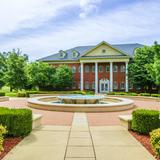- The University of Arkansas Community College at Batesville, a comprehensive community college, provides learning experiences that improve the lives of those we serve. We continuously identify and respond to the diverse educational needs of students, workforce and community.
School Highlights
University of Arkansas Community College-Batesville serves 1,313 students (49% of students are full-time).
The college's student:teacher ratio of 8:1 is lower than the state community college average of 13:1.
Minority enrollment is 18% of the student body (majority Hispanic), which is less than the state average of 39%.
Quick Stats (2025)
- Enrollment: 1,313 students
- In-state tuition: $2,562
- Out-state tuition: $3,942
- Student:teacher ratio: 8:1
- Minority enrollment: 18%
- Source: Integrated Postsecondary Education Data System (IPEDS)
Top Rankings
University of Arkansas Community College-Batesville ranks among the top 20% of public schools in Arkansas for:
Category
Attribute
School Resources
Completion Rates
School Overview
The teacher population of 156 teachers has stayed relatively flat over five years.
University of Arkansas Community College-Batesville
(AR) Community College Avg.
Carnegie Classification
Associate's Colleges: High Career & Technical-High Traditional
Associate's Colleges: Mixed Transfer/Career & Technical-High Traditional
Institution Level
At least 2 but less than 4 years
At least 2 but less than 4 years
Institution Control
Public
Public
Total Faculty
156 staff
162 staff
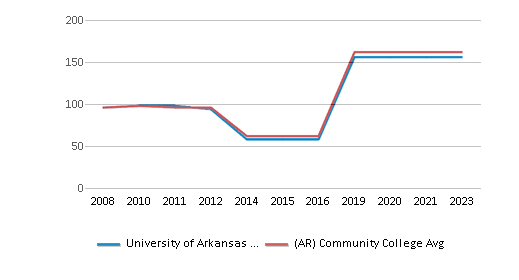
School Calendar
Student Body
The student population of University of Arkansas Community College-Batesville has declined by 10% over five years.
The student:teacher ratio of 8:1 has stayed the same over five years.
The University of Arkansas Community College-Batesville diversity score of 0.32 is less than the state average of 0.58. The school's diversity has stayed relatively flat over five years.
Total Enrollment
1,313 students
1,611 students
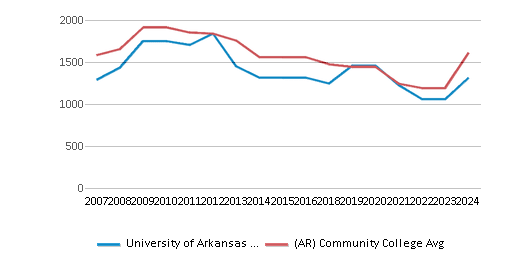
Student : Teacher Ratio
8:1
13:1
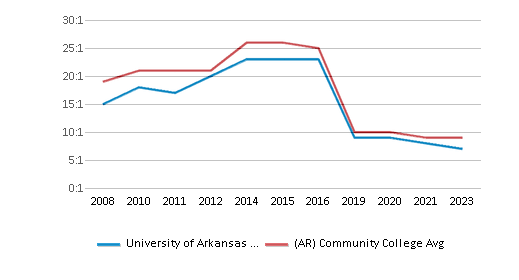
# Full-Time Students
641 students
595 students
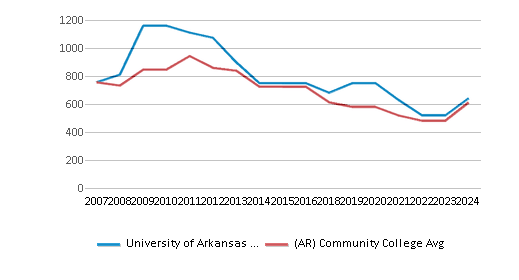
# Part-Time Students
672 students
1,058 students
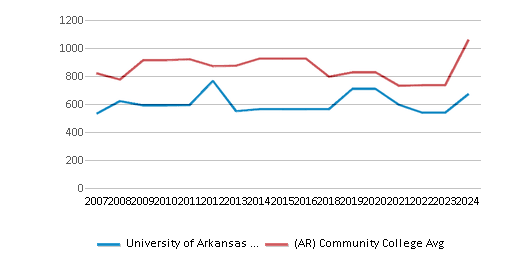
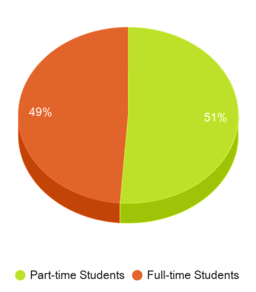
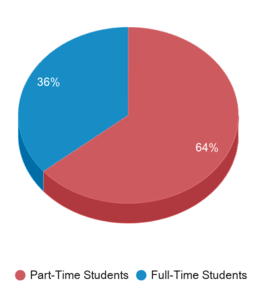
# Enrollment Undergraduate
131 students
217 students
# Full-Time Undergraduate Students
641 students
595 students
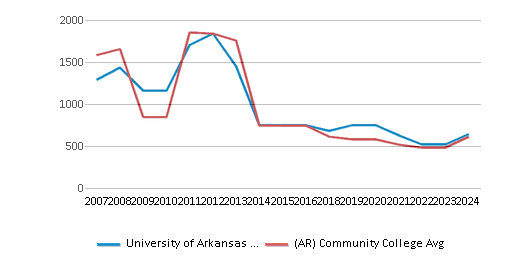
# Full-Time Graduate Students
n/a
15 students
# Part-Time Undergraduate Students
672 students
1,058 students
# Part-Time Graduate Students
n/a
38 students
Total Dormitory Capacity
n/a
160 students
% American Indian/Alaskan
1%
1%
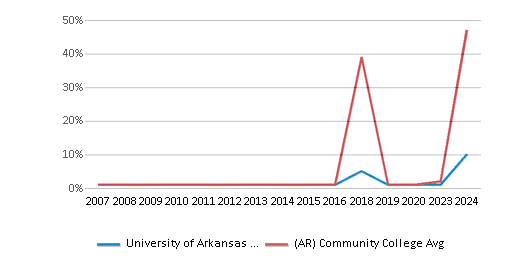
% Asian
1%
2%
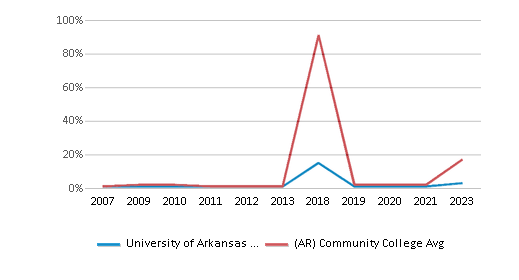
% Hispanic
8%
11%
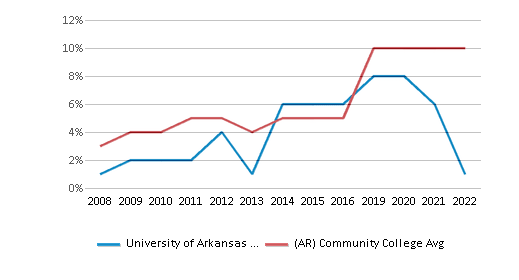
% Black
2%
18%
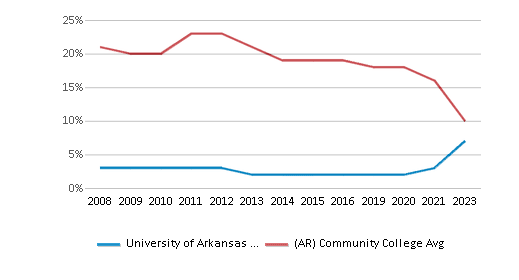
% White
82%
61%
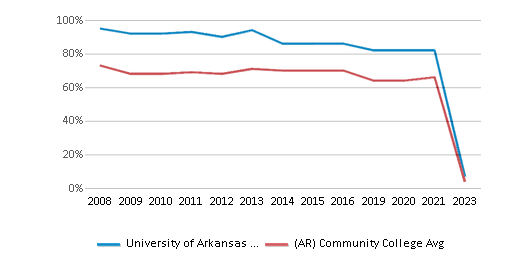
% Hawaiian
n/a
1%
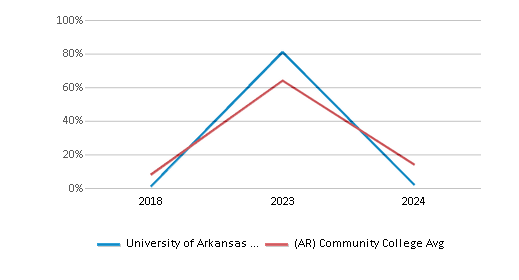
% Two or more races
6%
4%
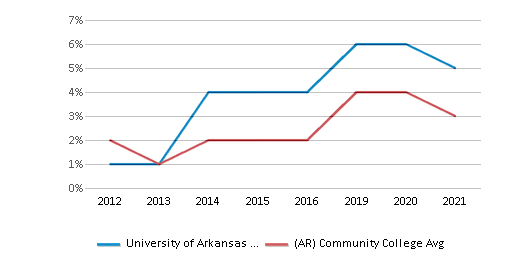
% Non Resident races
1%
1%
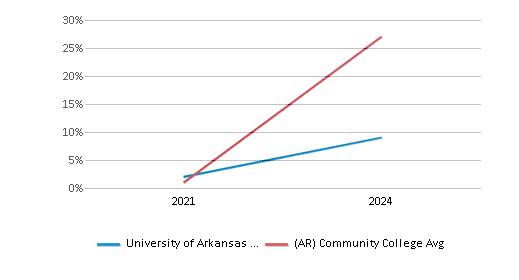
% Unknown races
n/a
1%
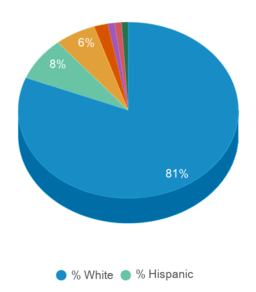
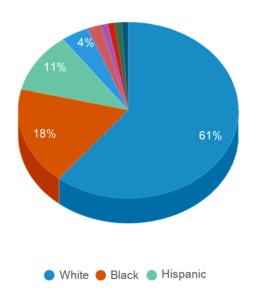
Diversity Score
0.32
0.58
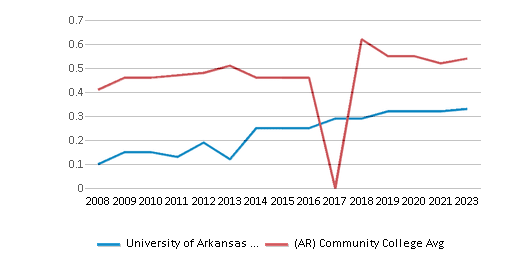
College Completion Rate (Students who graduate in less than 4 years)
0.616%
0.3818%
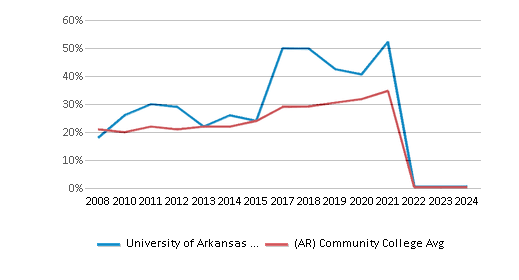
College Completion Rate (Students who graduate in 4 years or more than 4 years)
n/a
0.3095%
Average Graduate Earnings (10 Years)
$29,100
$28,600
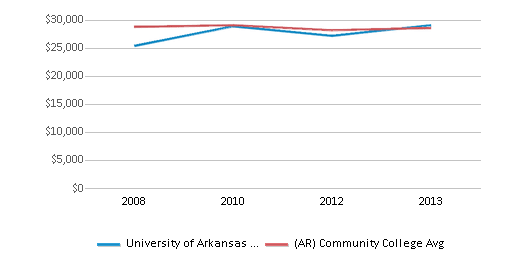
Tuition and Acceptance Rate
The public in-state tuition of $2,562 is less than the state average of $2,994. The in-state tuition has declined by 10% over four years.
The public out-state tuition of $3,942 is less than the state average of $4,750. The out-state tuition has grown by 14% over four years.
In-State Tuition Fees
$2,562
$2,994
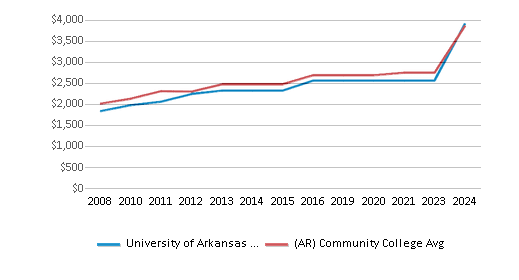
Out-State Tuition Fees
$3,942
$4,750
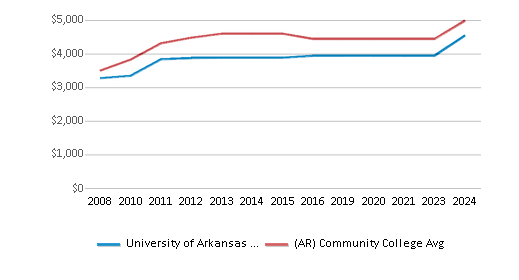
% Students Receiving Some Financial Aid
100%
94%
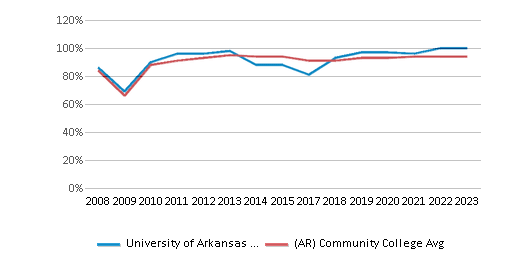
Median Debt for Graduates
$9,750
$9,750
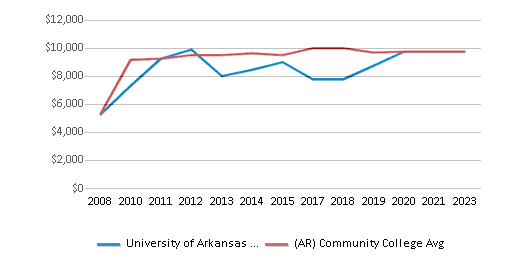
Median Debt for Dropouts
$5,750
$5,300
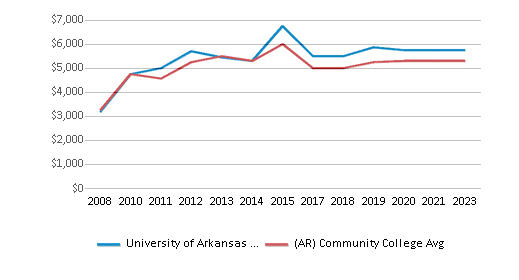
Acceptance Rate
n/a
100%
SAT Reading
n/a
540
SAT Math
n/a
520
SAT Writing
n/a
515
ACT Composite
n/a
22
ACT English
n/a
22
ACT Math
n/a
21
Source: 2024 (or latest year available) Integrated Postsecondary Education Data System (IPEDS)
School Notes
- UACCB is authorized to offer the Associate of Applied Science and the Associate of Arts and Associate of Science degrees by the AHECB and NCA. As a state-supported, two- year institution, UACCB is recognized by the Arkansas Department of Higher Education, the Arkansas Department of Workforce Education, and the Arkansas State Approving Agency for Veterans? Training for financial aid purposes. UACCB is accredited by the Higher Learning Commission and a member of the North Central Association. The financial aid program at the University of Arkansas Community College at Batesville is designed for qualified unconditionally admitted students who may not be able to continue their education without financial assistance. Students may receive college employment opportunities, loans, scholarships, grants, or a combination of these types of aid. UACCB participates in most federal and state financial aid programs available to students. The UACCB Foundation is the fund raising arm for the campus. The Foundation provides 17 scholarship opportunities for students and continues to build on community relationships that support the institution while working on innovative solutions for funding new projects.
Frequently Asked Questions
How much does University of Arkansas Community College-Batesville cost?
University of Arkansas Community College-Batesville's tuition is approximately $2,562 for In-State students and $3,942 for Out-State students.
What schools are University of Arkansas Community College-Batesville often compared to?
University of Arkansas Community College-Batesvilleis often viewed alongside schools like Arkansas State University-Beebe by visitors of our site.
What is University of Arkansas Community College-Batesville's ranking?
University of Arkansas Community College-Batesville ranks among the top 20% of community college in Arkansas for: Percent of students receiving financial aid and Highest completion rates.
Recent Articles

Obtaining Your Bachelor's Degree at a Community College
Explore the evolving landscape of community colleges offering bachelor's degrees, addressing affordability, accessibility, and workforce needs.

A to Z of Community College Certificates and Courses
From business and healthcare to technology and skilled trades, the article showcases the breadth of options available to students seeking to enhance their knowledge, develop new skills, or pursue career advancement.

What is a Community College?
This comprehensive guide explains what a community college is, its history, and its role in higher education. It covers the types of programs offered, differences from four-year colleges, benefits of attending, and important considerations for prospective students, providing valuable insights for those exploring educational options.

